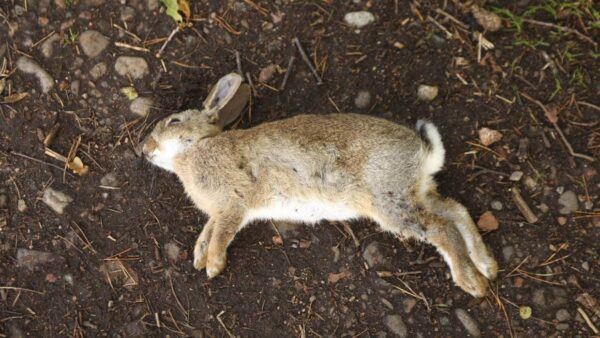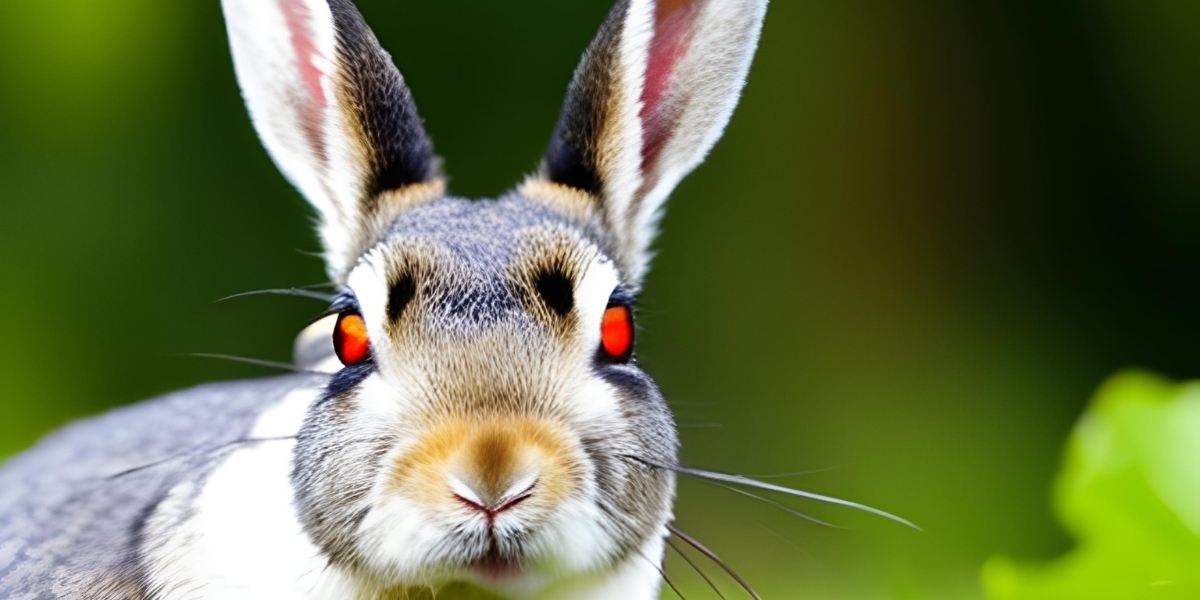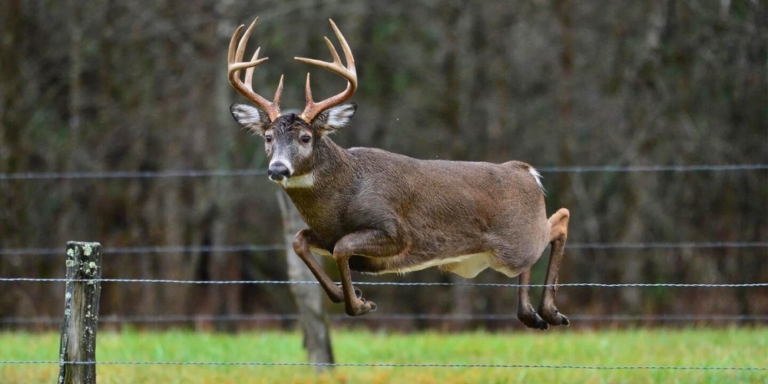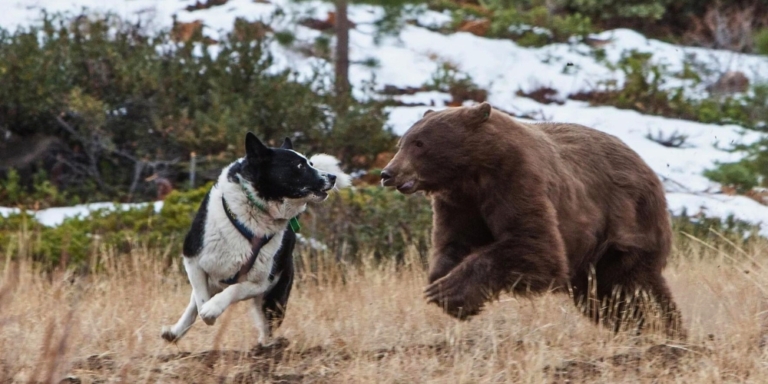A deadly disease has surfaced in Canmore, but it only infects lagomorphs. You are probably in the clear unless you have long ears, a short tail, and hind limbs.
Lagomorphs is a broad term used to classify rabbits and hares. Unfortunately, rabbits in Canmore are coming down with a strain of rabbit hemorrhagic disease (RHD) known as RHDV2.
According to the Government of Canada, RHD is a sudden, highly contagious, and fatal virus disease in rabbits. Symptoms of RHD include fever, blood spots in the eyes, and discharge from the nose, among others.
“It is deadly for these feral rabbit populations, and, wherever the virus occurs, the rabbits literally all die and very quickly,” said provincial wildlife disease specialist Margo Pybus.
RHDV2 was confirmed in Canmore in November last year. At the time, residents began posting about a lack of rabbits on social media.
In case you didn’t know, Canmore has a feral rabbit problem because domesticated rabbits that have escaped or been released from captivity.
Unlike feral rabbits, wild rabbits are usually solitary animals that keep to themselves. The sad news is feral rabbits can spread diseases like RHDV2 to wild rabbits.
“If we were to lose significant numbers of hares and jackrabbits, then all of the key roles that those animals play in the ecosystem will be affected…They manage the vegetation…and they also are at the bottom of the food chain,” continued Pybus.

To make matters worse, a large population of feral rabbits can attract unwanted animals.
“The bunnies attract cougars, coyotes, for example, and so the town has been working on trying to manage and control the rabbit population…,” said Andreas Comeau, Canmore’s public works manager.
Canmore’s feral rabbit problem started back in the 1980s when around 12 domesticated rabbits were released by a resident.
The rest is history. Since then, Canmore has spent over $600,000 to manage the town’s feral rabbit population. In winter, a private contractor combs the town for feral rabbits and euthanizes them.
However, there was a silver lining to the RHDV2 disease. It put a serious dent in Canmore’s feral rabbit population. Unfortunately, it looks like some of them survived.
Canmore officials say feral rabbits are reappearing, especially in the Grotto neighbourhood. The town is now on high alert, fearing these feral rabbits will breed rapidly and reestablish themselves.
“We want to get the message out that if people are seeing feral rabbits to reach out to us as they will continue to cause thousands of dollars of damage if they re-emerge to where they were before,” Greg Burton, Canmore’s supervisor of bylaw services, told Mountain View Today.
Canmore is advising residents to report feral rabbit sightings so a contractor can come to the property and catch them before they breed.





